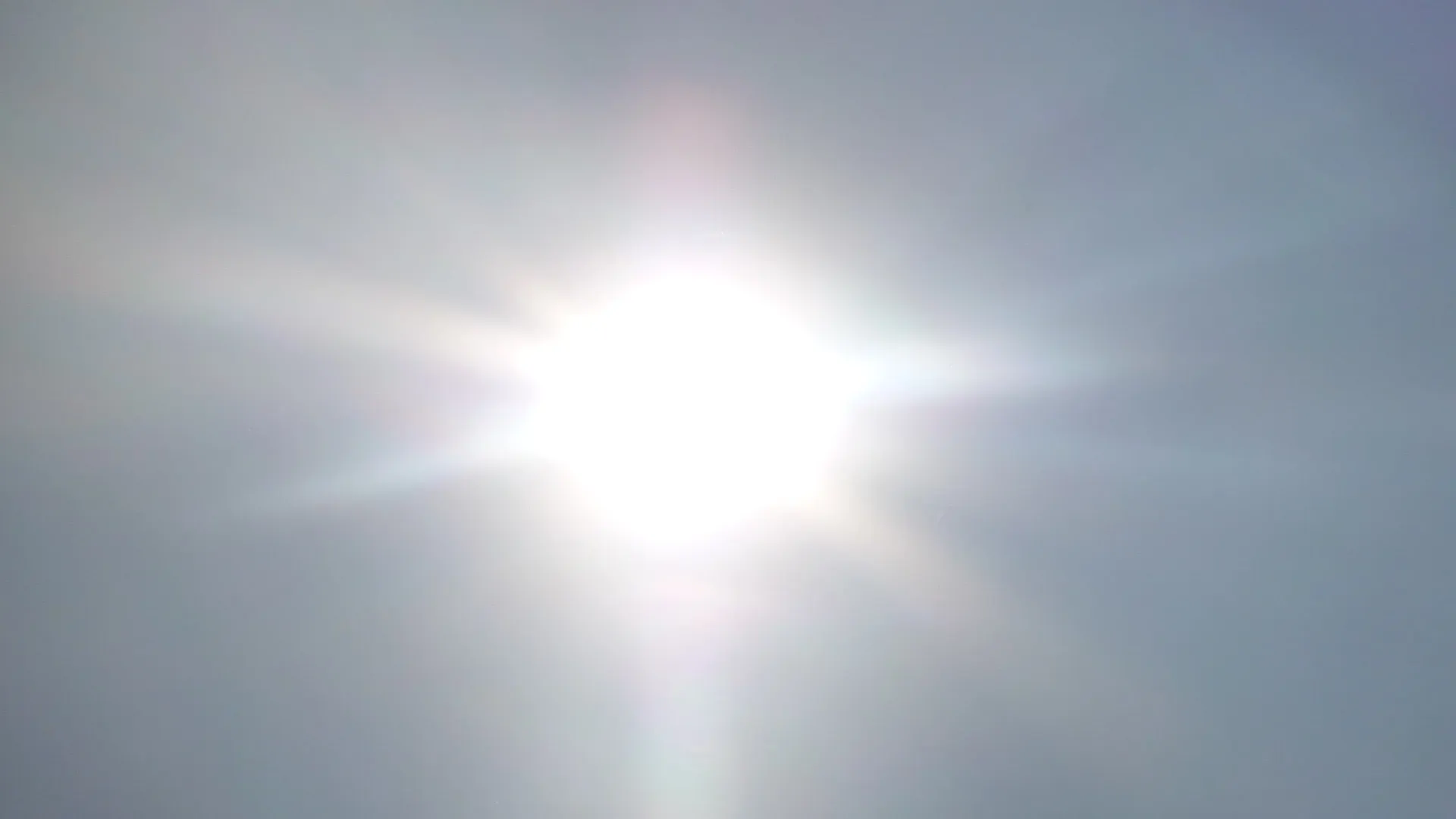Are you an active sunbather, swimmer, or someone who just loves being at the beach when summer is here? Other than a sunscreen with high SPF, you also need clothes with UPF to protect your skin health.
If you’re someone who is in the apparel business, you may want to explore your business with UPF clothing too! Especially if you’re exporting/importing to, or producing clothes in a warm or tropical country. It’s very important to protect you skin from aging, skin cancer and more. Special fabrics can help to protect you. The CDC has more information on the importance.
What is UPF?
UPF stands for Ultraviolet Protection Factor or we can call it UV protection fabrics, UPF indicates how much UVB and UVA a cloth allows to hit your skin in UV protection fabrics. Because not only does sunscreen have protection for your skin, but so do clothes! Also, UPF measures both UVB and UVA rays, while SPF measures only UVB.
UPF states the level of UV protection fabrics provide, just like sunscreen with SPF, the higher the UPF level, the better. With regular or light-colored clothes, UV light can hit your skin through the micro holes in the weaves. A UPF of 30 to 49 offers great protection, while UPF 50+ rates excellent.
So, make sure when purchasing UPF clothes, your clothing factory or brands offer suitable fabric with an excellent level of UV protection.
Do UV Protection Fabrics Really Work?
While all clothing that covers skin is somewhat preventative, UV protection fabrics offer extra protection. Regular clothes mostly provide around 5 – 15 UPF because regular clothes usually loose weaves and visible light can get through. In UV protection fabrics, the weaves are tighter and made from a unique fabric engineered to help create a barrier that prevents UV rays to reach the skin.
UV protection fabrics are usually made into hats, leggings, shirts, swimwear, or activewear products. Based on The Skin Cancer Foundation’s Seal of Recommendation, a fabric must have a UPF of 30 to qualify as suitable UPF clothes. Because the higher the level, the better. For example, UPF 50 can help to block 98% of UV light from reaching the skin.
Please also check the relevant certifications and standards for UV protection fabrics, as here in this example article from SGS.
What are the Factors to Consider?
Keep in mind that there are factors to consider when producing or buying UPF clothes, such as the fabrics, the UPF level, and many others! In this article, you will find the factors to consider when choosing UV protection fabrics for your business or personal wear. Here are the factors!
Colors
Dark colors tend to keep UV rays from hitting the skin by absorbing them instead of allowing them to penetrate. Hence why dark colors offer better protection than lighter ones when it comes to preventing UV rays.
Fabric Types
The type of your chosen fabric really matters because some fabrics have much higher protection than others. One of the best is polyester, this type of fabric is perfect for preventing UV rays from hitting the skin. The cotton in polyester shirt can even offer the highest of 100 levels of UPF, beyond perfect to be a UV protection fabric. Other than polyester, you can also set your eyes on bamboo fabrics, they are slightly softer and feels more like our typical cotton.
The other UV protection fabrics that do the work to be a UV protection fabrics are wool, silk, rayon, flax, and hemp fabrics. But, they offer moderately lower UPF levels, so there’s that.
UPF & Coverage
The best way to know is by simply looking at the UPF labels because some clothing manufacturers or brands provide them. The UPF labels indicate exactly how much of UV rays the fabrics can shield. Also, look for long-sleeved shirts and long pants because the more skin your UV protection fabrics cover, the better your protection will be.
Constructions
Tight, dense UV protection fabrics are preferable because they minimize the number of UV rays that can travel to the skin. Thicker fabrics can also reduce the UV rays transmission more than thinner ones.
Durability
Aside from the UPF level, when choosing UV protection fabrics, you should also consider durability because as the clothes get worn each day, they will be stretched and wet. Some activities can cause your UV protection fabrics to lose some of their protective ability and become more transparent. As the fabrics become worn or faded, they also become less effective at blocking UV light.
Do We Still Need Sunscreen When Wearing UPF Clothes?
Absolutely, completely yes! You still need to apply sunscreen to protect your hands, neck, and face. The reason why you still need sunscreen is that UV protection fabrics can’t protect your whole body. Pants, skirts, shirts, and hats can give you great sun protection coverage, but there are still areas exposed to UV rays.




